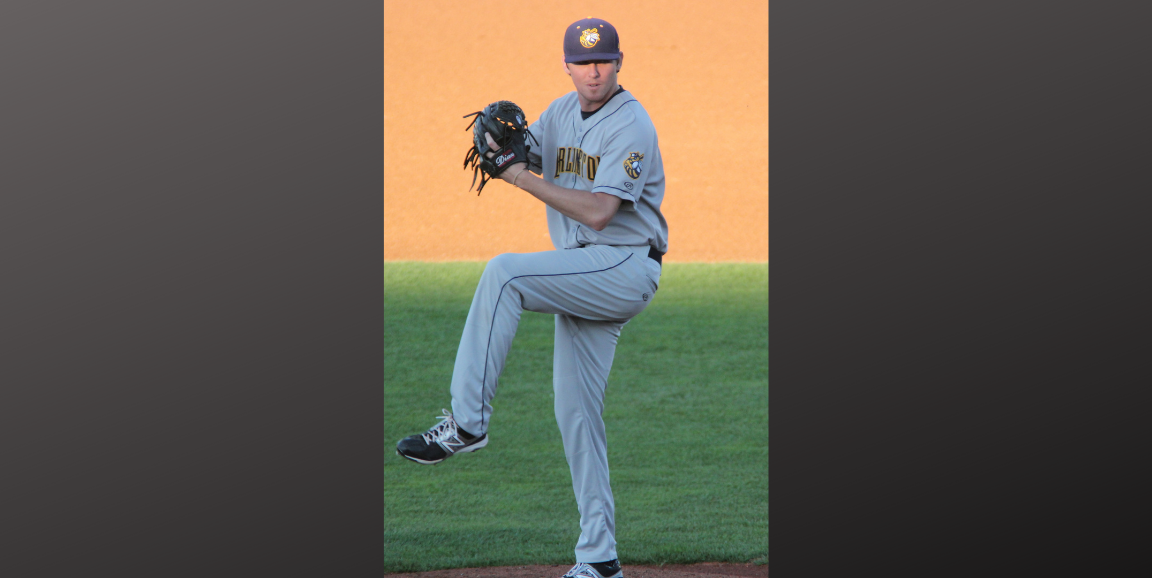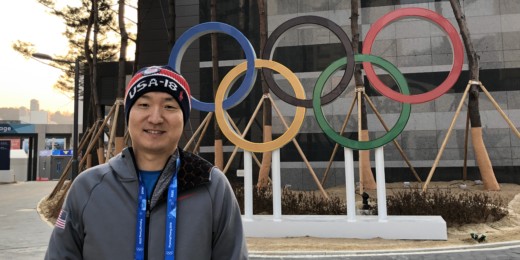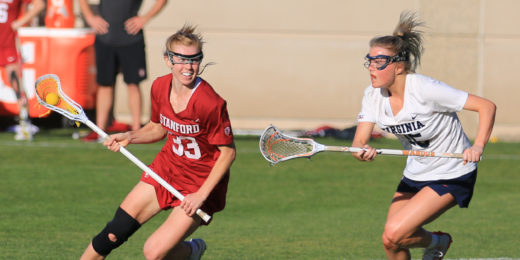From age 5 to 24, Patrick Lowery was a ballplayer. Drafted after his senior year at Columbia University, he pitched for a couple of years in the Los Angeles Angels farm system, including for the Burlington Bees in Iowa, the Inland Empire 66ers in California and the Orem Owlz in Utah.
But a baseball career didn't work out for the 6-foot-5-inch right-hander. After some soul-searching, he turned in an entirely different direction -- toward health care.
This quarter, he started Stanford's master of science in physician assistant studies program. I recently spoke with him about his life as a baseball player and his decision to switch to medicine.
Was playing baseball professionally always your life plan?
That was my goal. It was what drove me through high school and college. Playing in the major leagues would have been great, but very few people actually get there. It takes a lot of work and even some luck. I was thrilled to have played professionally. I was really proud to have reached the minor leagues. But even the guys who make it to the majors don't last long. Eventually, I started thinking about what I wanted to do when I grew up.
What did you do after leaving the sport?
I was a scout for three years for the Atlanta Braves. Scouting was an easy transition because as a pitcher you're already watching four out of five days of play. It's an itinerant lifestyle -- you're living in hotels all the time. The job was easy and fun, but it didn't feel like a true calling. I started looking for the next thing.

Why did you begin thinking about a medical career?
I've done a lot of volunteering, and I have had some illness in my family, so I've been a caretaker. I really enjoy helping people, and that's what got me thinking about health care.
Through a contact, I got a job at Johns Hopkins School of Medicine as a research program assistant and later became a research study coordinator. I was lucky to meet a few physician assistants early on. They had such great job satisfaction, and they spent a lot of time with patients, which is what I wanted to do.
How did you, a history major, qualify for a master's in science?
I couldn't take any science classes at Columbia because the labs were always in the afternoon when we had practice. I had to satisfy all the prerequisites while I was working at Johns Hopkins. I took some classes at the University of Maryland, some at community colleges. I went everywhere and anywhere to fill the requirements. There were quite a few credits I had to get.
Is there a baseball player you admire?
Brandon McCarthy was a pitcher I emulated starting in high school. We were both tall, lanky right-handers, and I always thought he was fun to watch. I met Brandon a couple of times when he was coming up through the minors. It was cool to follow him through the years and see him have success at the highest level.
Are you still involved with baseball?
Baseball will always be a love of mine. I still spend a lot of time watching it. I made lifelong friends on the teams I played for -- you're in it together with your teammates and that really builds relationships.
I would like to play on a softball team at Stanford. That'd be fun. We have a few former athletes in the program -- a field hockey player, a softball player, track athletes. We could put together a decent little team.
Top photo by Brad Krause. Photo of Lowery pitching for Columbia University by David Epstein.






